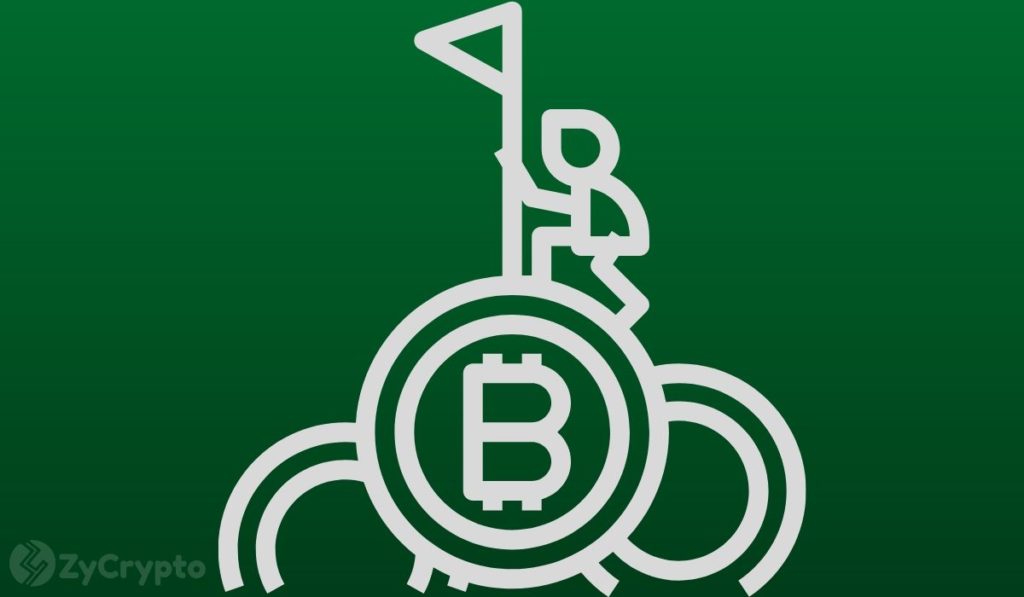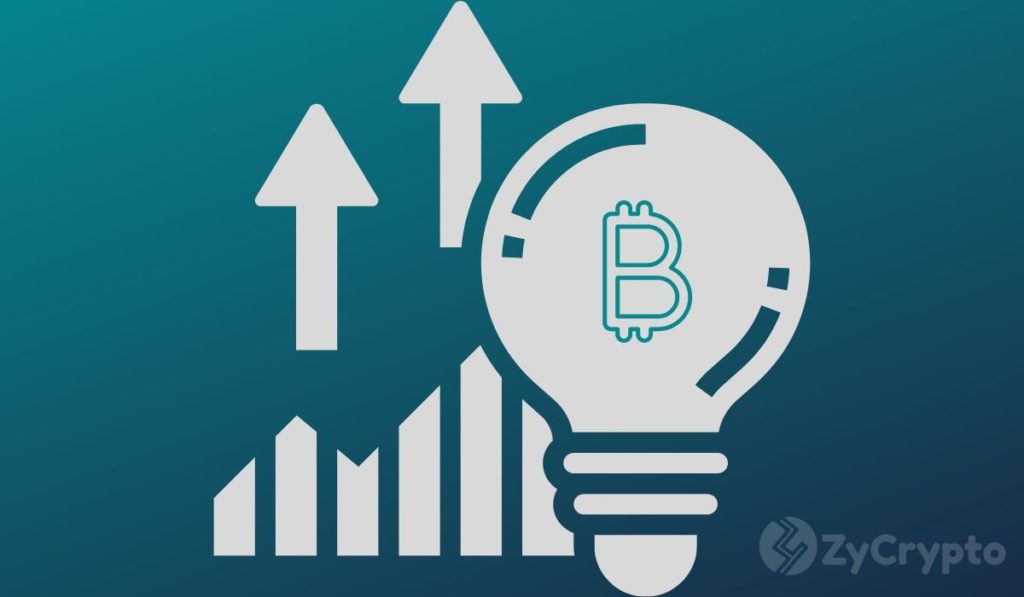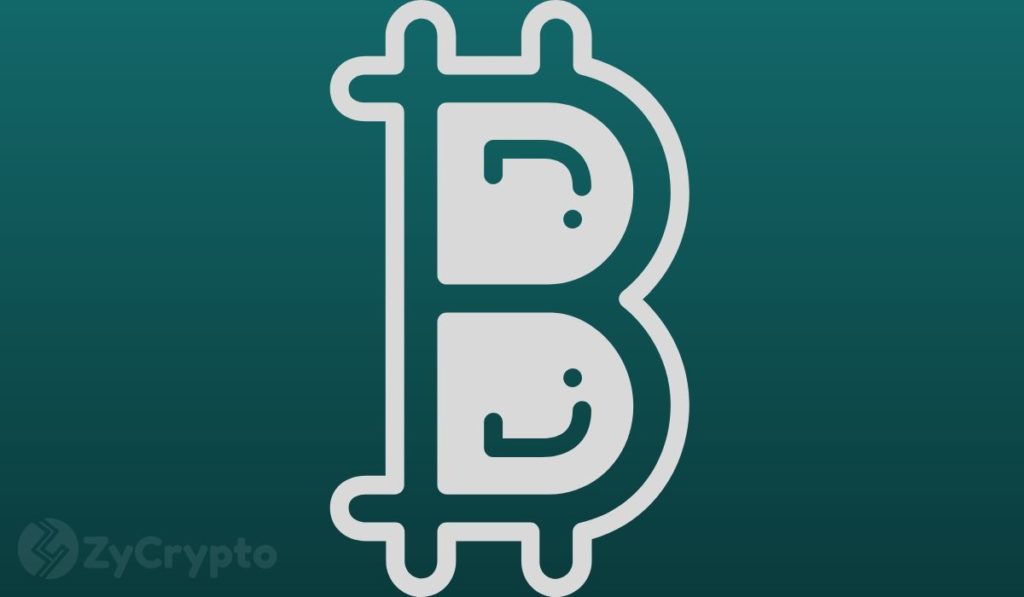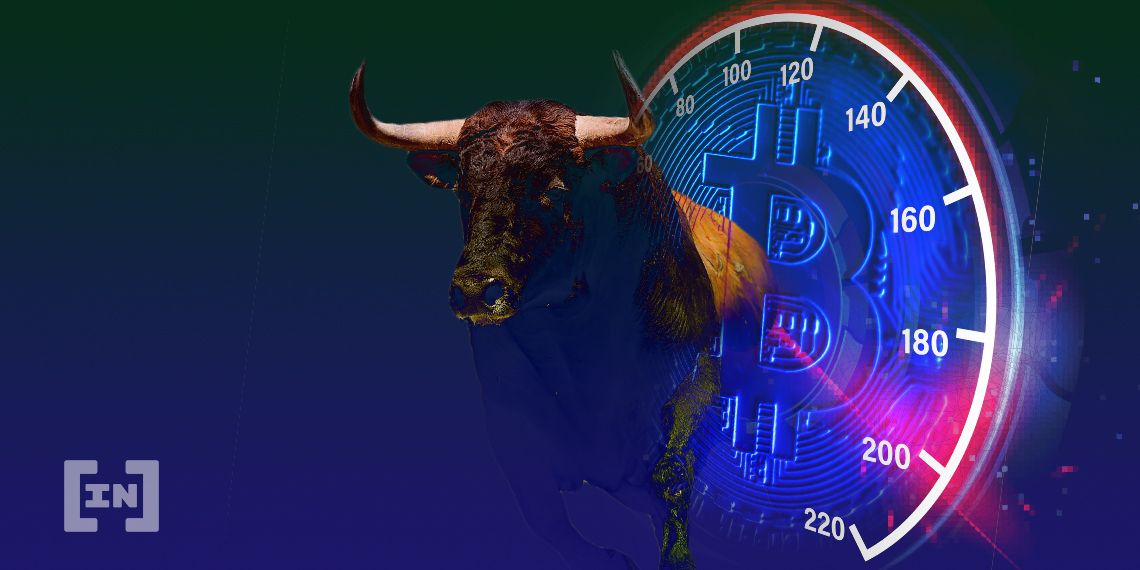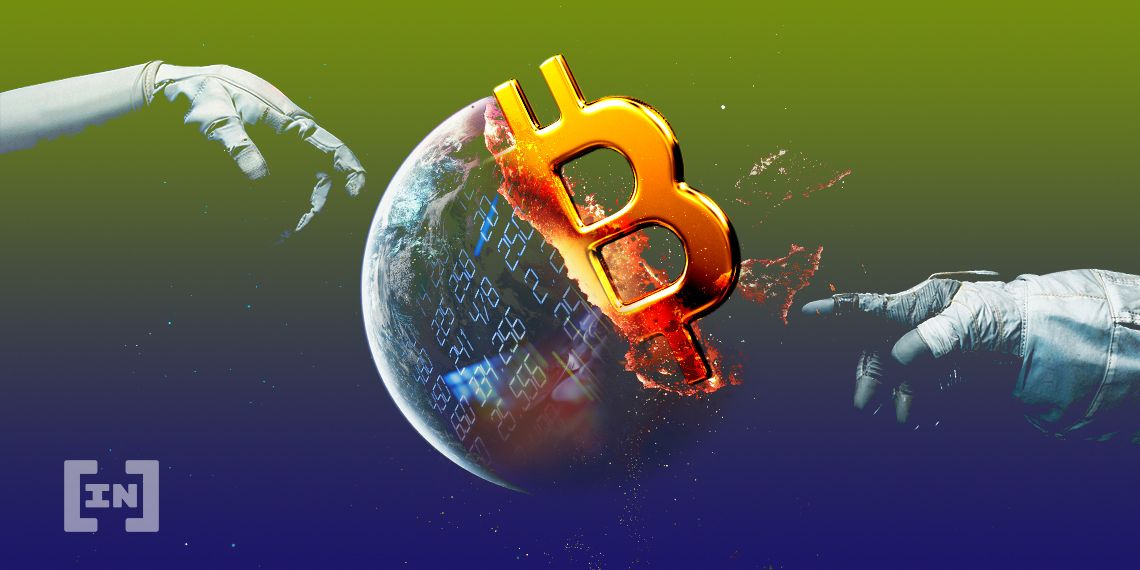
2020-7-6 14:25 |
Data for Q2 2020 shows the cryptocurrency market thriving, with Ethereum leading a price rally and Bitcoin showing solid network activity following its last halving. Overall trading may have reduced, but the market has grown greatly since ‘Black Thursday.’
Cryptocurrency market data platform CoinGecko has published a new report that covers the progress the market has made in the first half of 2020.
The Q2 2020 quarterly report examined various elements of the market, with one of the most notable insights being the average Bitcoin transaction fee has jumped by a staggering 647% from Q1 2020.
Average Bitcoin Transaction Fee (USD) – CoinGeckoBetween January and March, the average transaction fee was roughly $0.70, but during and after the last Bitcoin halving (which occurred on May 11), the average transaction fee shot up by 6.5 times to $4.53.
The build-up to the halving also saw increased transaction fees at an average of $2.15. The average transaction fees have now settled at a much lower figure at roughly $1.08, though this is still higher than it was in Q1 2020.
Incidentally, Ethereum’s transaction fees have also seen an increase, though this has partially been due to aberrant transactions. Much of Ethereum’s activity stems from USDT transactions, which have surged in Q2. Ethereum’s on-chain metrics support its price growth, the former bolstered by the growth of decentralized finance (DeFi).
The Impact of the Bitcoin HalvingThe report pays close attention to the halving and the consequences it had on the network. Besides examining the average transaction fees, CoinGecko also looked at the hash rate and price, both of which appear to have only been marginally affected by the once-in-four-year event.
The network’s hash rate, which is an important indicator of the resources miners are using to support and power the network (which by extension is an indication of the confidence in the asset) dropped briefly following the halving but recovered to peak levels within 30 days.
CoinGecko associates the 27% drop in hash rate shortly after the halving to the fact that many miners’ hardware had become unprofitable to use.
Bitcoin’s price itself has remained fairly consistent, topping out at nearly 19% a month after the halving. It compares this to the price change during the second halving in 2016 when the price actually dropped by 9%.
Overall Market Landscape is PositiveThe general trend of market growth has also been shown to have potential, which supports CoinGecko’s supposition that the market may be on the verge of a bull run.
While it did note that users have been trading less, the overall market capitalization had increased significantly, growing by 44.5% in Q2 2020. The 55% decline in spot market volumes could be attributed to a HODLing mentality or the recent sudden growth of DeFi, though no reasons had been definitively argued. The market cap stands at approximately $264 billion at the time of publishing.
Unsurprisingly, Bitcoin and Ethereum led the market when it came to returns, with the average top-5 cryptocurrency returns standing at 22% in Q2 2020. Ethereum gained 69.3%, while Bitcoin gained 42.5%. Ethereum’s rally was accompanied by a 1.6% increase in market dominance.
Rounding off the analysis of market activity was an examination of Bitcoin’s trading volume, which is 20% lower than it was in Q1 2020.
DeFi and Stablecoins Leading GrowthThe report ends with an analysis of stablecoins, which, like the overall DeFi market, have experienced tremendous growth in the Q2. The advent of yield farming programs and new protocols have sparked a large migration towards DeFi platforms which give users the ability to earn interest on idle assets at a rate greater than what one would receive in traditional finance accounts.
The market cap of stablecoins in Q2 has seen $3.65 billion added, bringing the total market cap to just over $11 billion. This surge was led by market-dominating Tether (USDT), which added $3.38 billion to its market cap. The report notes that the decrease in trading volume may be down due to the fact that stablecoins are now seeing an increased amount of staking in DeFi related services. Nearly $10 billion has now been locked in staking contracts.
Tether, which has experienced controversies over minting and auditing, doubled its circulating supply to 9.6 billion. It pins the overall growth of Tether as a possible result of ‘increased usage in businesses engaged in import and export trades in China and Russia.’ Tether recently crossed the $10 billion in market cap for a brief amount of time.
The post Bitcoin’s Average Transaction Fee Rose 647% Following Last Halving appeared first on BeInCrypto.
origin »Bitcoin (BTC) на Currencies.ru
|
|
